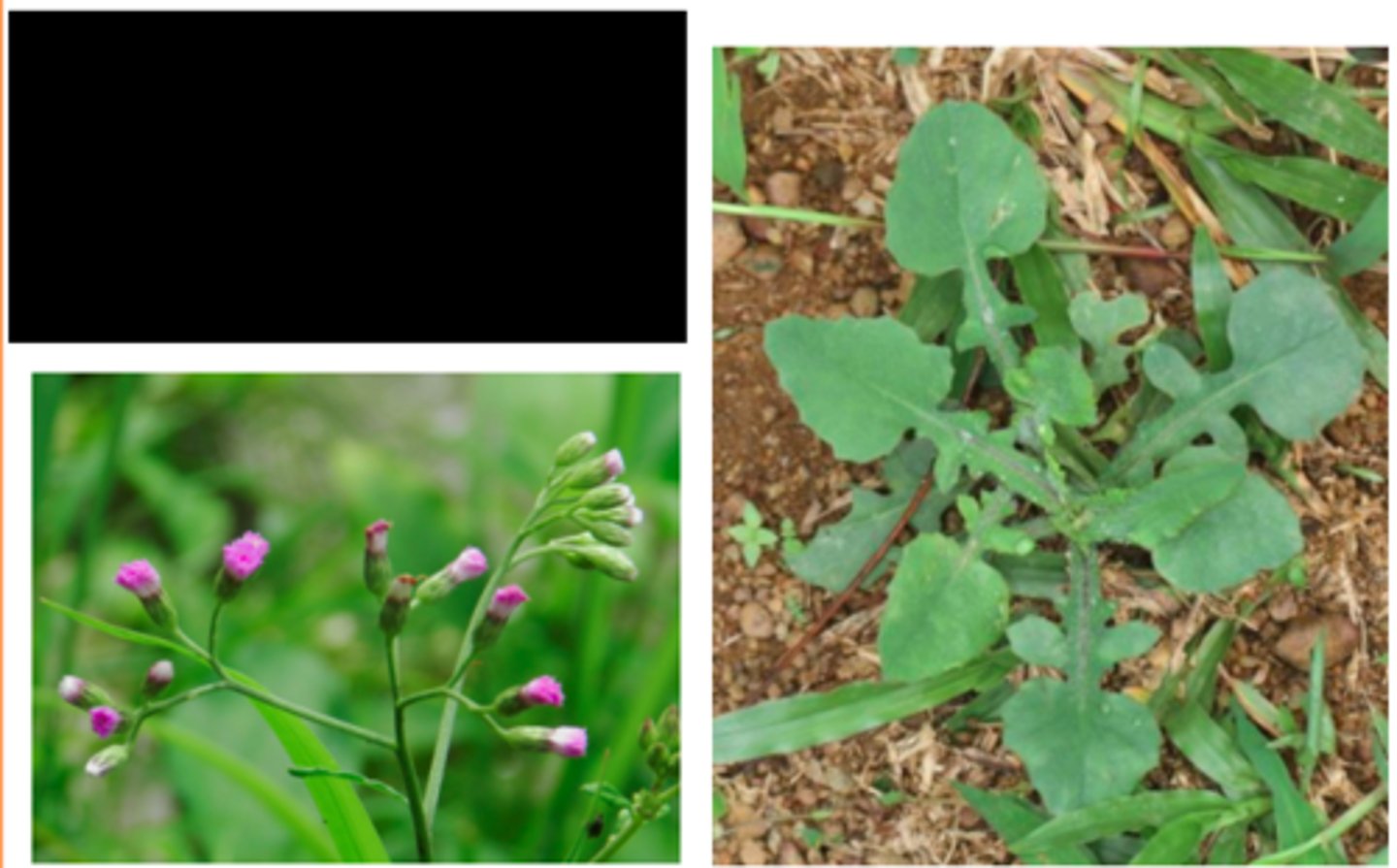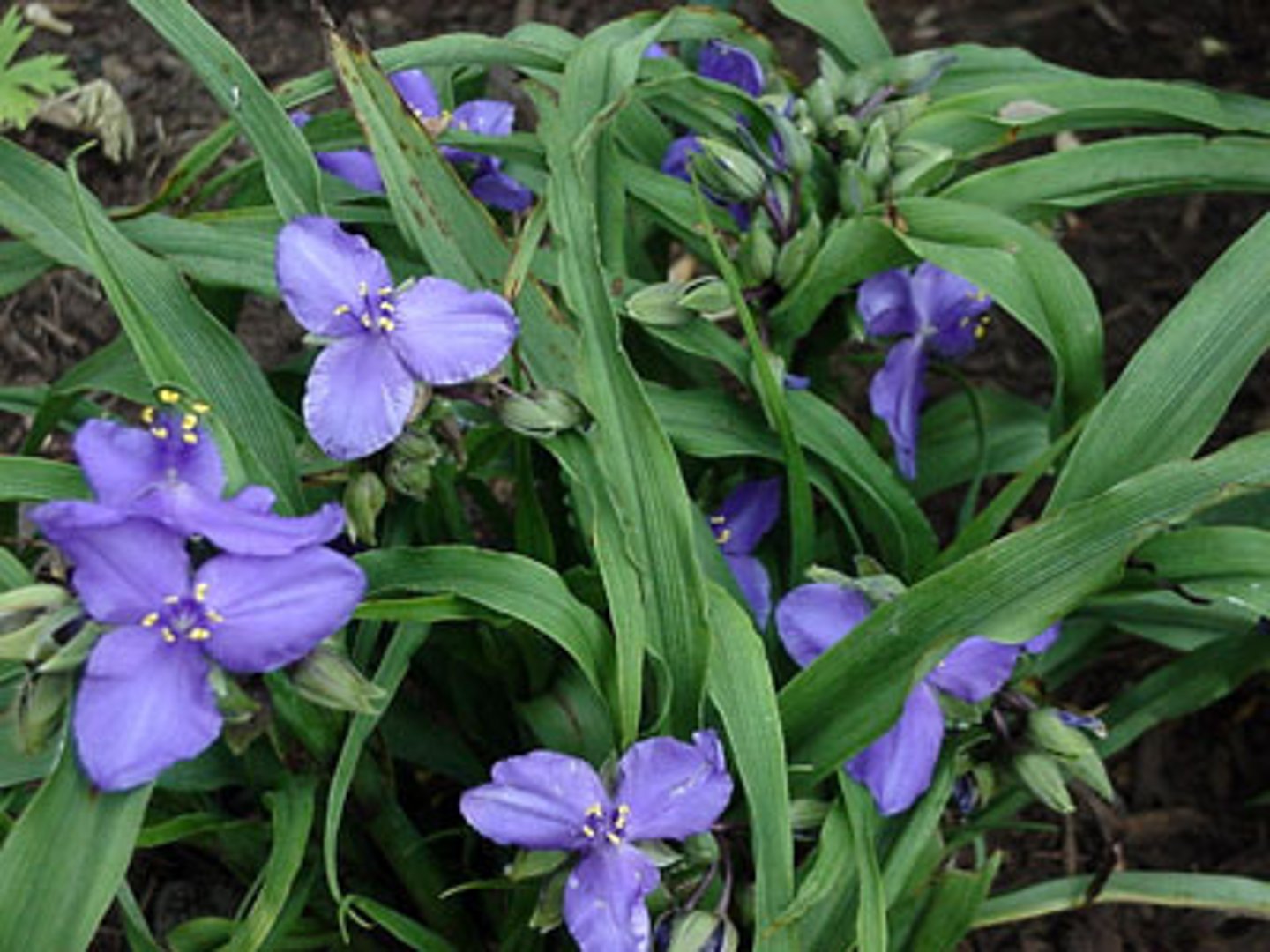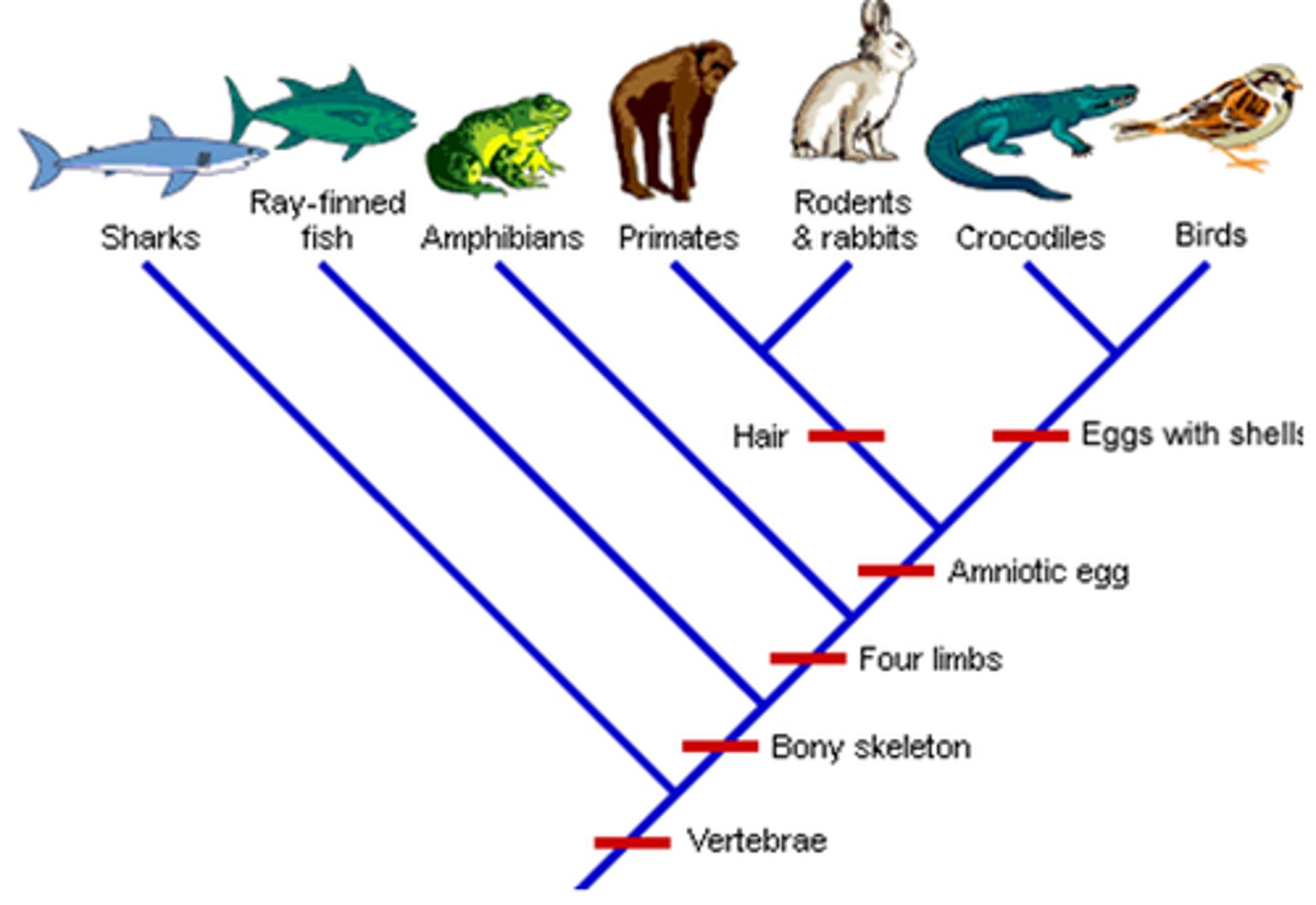Bot-Lec (Sem-1) - Chapter 4: The Classification of Plants and other Organisms
1/29
There's no tags or description
Looks like no tags are added yet.
Name | Mastery | Learn | Test | Matching | Spaced |
|---|
No study sessions yet.
30 Terms
taxonomy
science of classification
scientific names
genus and species
Emilia sonchifolia
Tagulinaw

binomial nomenclature
a system for giving each organism a two-word scientific name that consists of the genus name followed by the species name; first used by Carolus Linnaeus
species
basic unit of classification
genus
generic name
generic name (genus); specific epithet (species)
parts of a scientific name
Tradescantia virginiana
spiderwort

DKPCOFGS
Domain, Kingdom, Phylum (Division), Class, Order, Family, Genus, Species
Dear King Philip Came Over for Good Spaghetti
Domain, Kingdom, Phylum, Class, Order, Family, Genus, Species
Zingiberi
Zingiber; ginger; name given this plant by Dioscorides; derived from an Indian word
Pedanius Dioscorides
Father of Pharmacology

dichotomous key
a key for the identification of organisms based on a series of choices between alternative characters
systematics
scientific study of the diversity of organisms and their natural (evolutionary) relationships
systematist
scientists whose field of focus is systematics
phylogeny
evolutionary history of a species or other taxonomic group
monophyletic
said of a group consisting of organisms that evolved from a common ancestor; plants
stoneworts (Charophytes)
the common ancestor of plants
cladistics
classification of organisms based on recency of common ancestry rather than degree of structural similarity
cladists
scientists whose field of study is cladistics; create cladograms
cladograms
a branching diagram showing the cladistic relationship between a number of species

domain bacteria
one of the three domains of life; contains prokaryotic cells that differ from archaea because they have their own unique genetic, biochemical, and physiological characteristics
domain archaea
domain of unicellular, prokaryotic organisms adapted to extreme conditions (such as very hot or very salty environments)
domain eukarya
includes all eukaryotic organisms (protists, plants, fungi, and animals)
paraphyletic
said of a group consisting of a common ancestor and some, but not all, of its descendants
kingdom protista
paraphyletic; some biologists think protists should not be grouped in a single kingdom
amoebiasis
an intestinal (bowel) illness caused by a microscopic (tiny) parasite
Entomoeba histolytica
positive agent of amoebiasis
free-living; symbiotic (mutualism to parasitism)
mode of nutrition of protists
protists + fungi; cyanobacteria + fungi (algae)
lichen